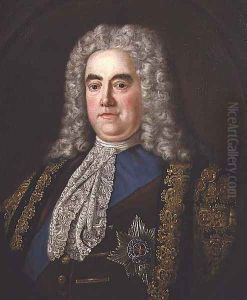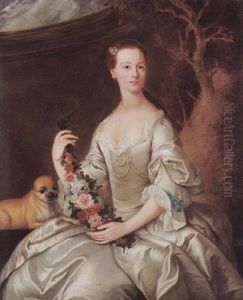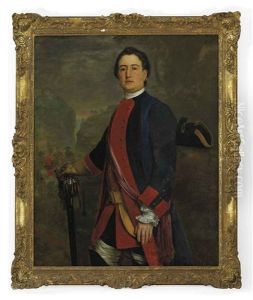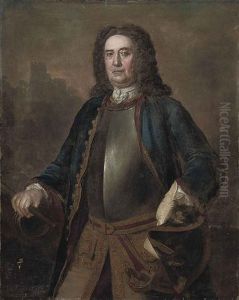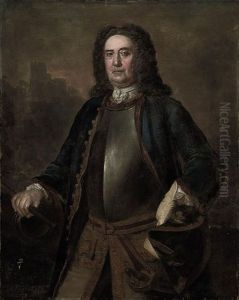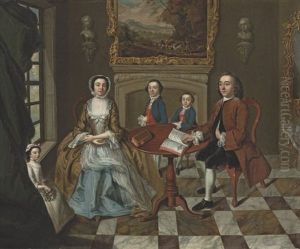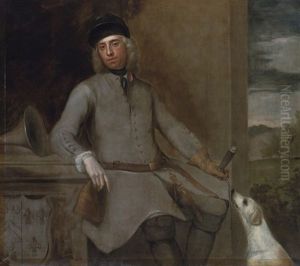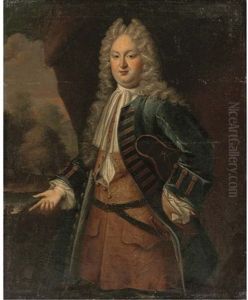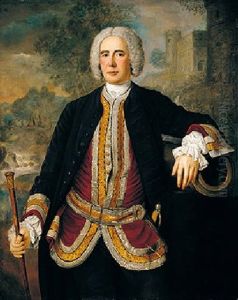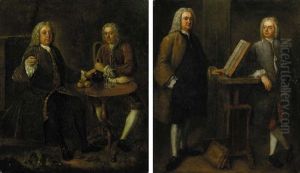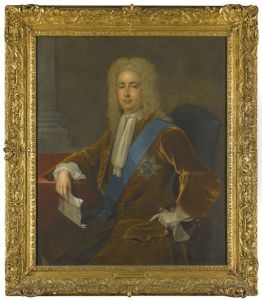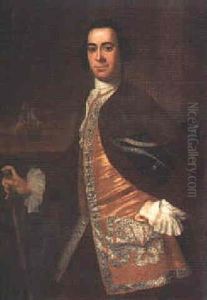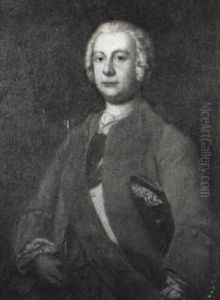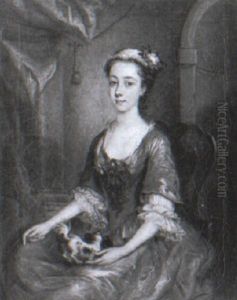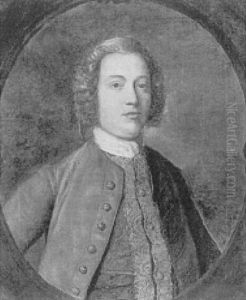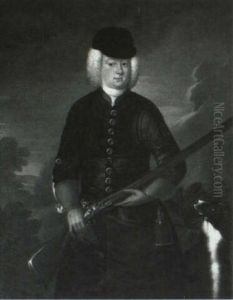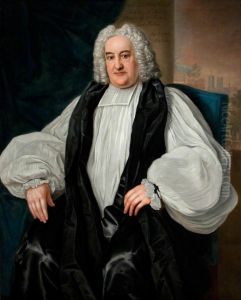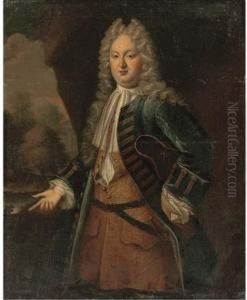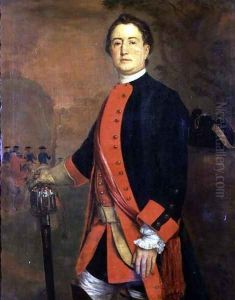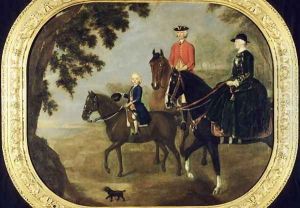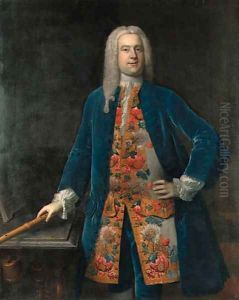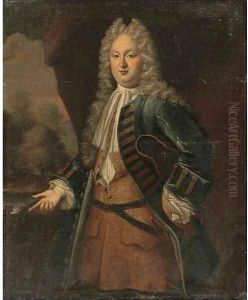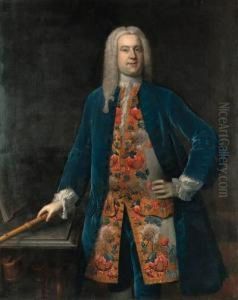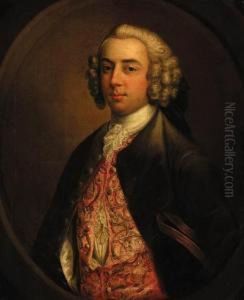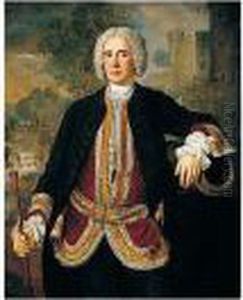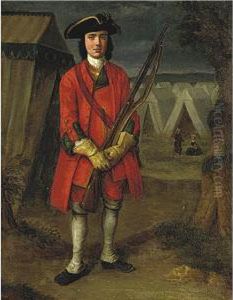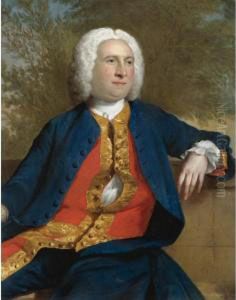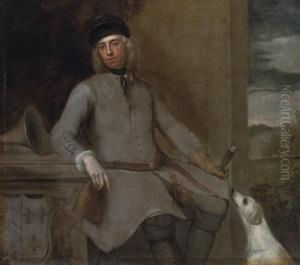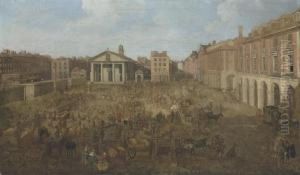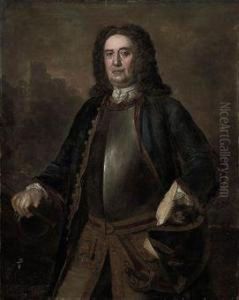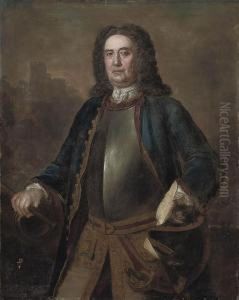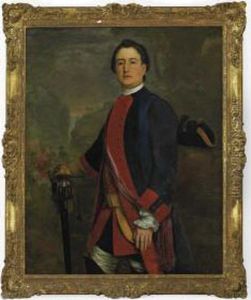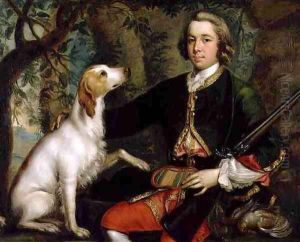Stephen Slaughter Paintings
Stephen Slaughter was an English portrait painter active during the early to mid-18th century. Born in 1697, Slaughter's early life and training are not well-documented, which is common for many artists of his era. However, it is known that he became one of the leading portraitists in England, particularly noted for his ability to capture the likeness and character of his sitters.
Slaughter's career was significantly tied to the British aristocracy and gentry, for whom he painted numerous portraits. His style was characteristic of the early Georgian period, where the influence of Sir Godfrey Kneller was still predominant, yet Slaughter began to introduce a more relaxed and naturalistic approach to his portraits. This transition in style was reflective of the changing tastes of the period, moving away from the rigid formality of earlier years.
In addition to his work with private clients, Stephen Slaughter also held a notable public position. In 1735, he was appointed as the Keeper of the King's Pictures, a prestigious role that involved the care and management of the royal art collection. This appointment is a testament to the esteem in which Slaughter was held as both an artist and a connoisseur.
Despite his success and contributions to the British art scene, Stephen Slaughter is not as well-remembered today as some of his contemporaries, such as William Hogarth or Sir Joshua Reynolds. Nevertheless, his works are held in various collections and continue to be studied for their contribution to the development of portrait painting in the 18th century.
Stephen Slaughter died in 1765, leaving behind a legacy that, while somewhat overshadowed by the giants of British art history, is significant for its role in the evolution of portraiture and the depiction of the British elite during a period of great social and cultural change.
